
Fat Tire eBikes Under $1,000 vs Premium Models: Which Should You Choose?
The Core Question
The appeal is clear. A tough, go-anywhere fat tire ebike under 1000 dollars looks like the best deal ever, giving you powered adventures without spending too much money. We see these bikes all over the internet, promising strong motors and great looks for much less than bikes in local shops. But this creates a big problem for buyers: is it a smart buy that gives amazing value, or will it cause headaches and hidden costs later?
This article answers that question. We will look past the marketing hype and give you a direct comparison of each part. We'll show you the real differences between cheap and expensive fat tire ebikes to help you decide if a budget model works for you, or if spending more money upfront is the better choice.
What You Realistically Get
Let's be honest: finding a fat tire ebike under 1000 is not about finding a secret treasure that beats a $3,000 bike. It's about knowing what that price can actually give you. When you buy a budget fat tire ebike, you get a specific set of features. Here's what you can expect:
- Accessibility: This is the biggest benefit. The under-$1000 price makes e-biking fun available to many more people who couldn't afford it otherwise.
- Core eBike Functionality: The bike works. You get a frame, wheels, a battery, and a motor that helps you pedal or gives throttle power. It will take you from one place to another with less work than a regular bike.
- The Fat Tire Experience: You still get the main feature: those big, four-inch-wide tires. They give you a stable, smooth ride and let you roll over different surfaces like gravel paths, bumpy grass, and even hard sand.
- Sufficient for Casual Use: These bikes often work perfectly for their target users. If you want easy weekend rides in the park, short trips under five miles on flat ground, or quick errands, a budget model can work well.
The market has grown, and you can find high-quality models at the lower end of the price spectrum. But "affordable" doesn't mean perfect.

The Hidden Trade-Offs
To reach that magic under-$1000 price, companies must cut costs somewhere. These cuts almost always happen in parts that affect how long the bike lasts, how safe it is, and how well it rides. As experts who have tested bikes at all prices, we see the same problems over and over. Understanding these trade-offs is the most important step in making a smart purchase.
The table below shows the most common differences between budget and premium fat tire e-bikes.
| Feature | Sub-$1000 eBike (Typically Has) | Premium eBike (Typically Has) | Why It Matters |
|---|---|---|---|
| Brakes | Mechanical Disc Brakes | Hydraulic Disc Brakes | Stopping a heavy fat tire e-bike takes power. Hydraulic brakes give much more stopping force, better feel, and adjust themselves for pad wear, making them safer and more reliable, especially in wet conditions or on steep hills. |
| Motor | Geared Hub Motor (Generic) | Mid-Drive Motor (e.g., Bosch, Shimano, Bafang) or High-Torque Hub Motor | Budget hub motors work but can feel jerky. Premium mid-drive motors put power at the pedals, feeling more like natural cycling. They are more efficient, offer better balance, and are much better for climbing hills. |
| Battery | Generic Cells, Lower Amp-hours (Ah) | Branded Cells (LG, Samsung, Panasonic), Higher Ah, UL Certified | This is critical. A typical budget battery might be 10-13Ah, giving you a realistic 20-35 miles of range. Premium models use better cells for 15-20Ah+ batteries, giving 50+ mile ranges, longer life, and are more likely to have UL 2849 safety certification, which tests the whole electrical system for fire safety. |
| Drivetrain | Basic, entry-level parts (e.g., Shimano Tourney) | Higher-tier Shimano/SRAM parts | The gears and shifters on budget bikes work but don't last as long. They can struggle to shift smoothly under the power of an electric motor, needing more adjustments and earlier replacement. |
| Frame | Heavier Steel or Basic 6061 Aluminum | Lighter, Hydroformed Aluminum or Carbon Fiber | Budget frames are often heavy and use simple construction. This makes the bike harder to pedal without help, lift onto a rack, or carry up stairs. Premium frames are built to be lighter and stiffer, improving handling and overall ride quality. |
| Warranty | 1-Year Limited, Online-Only Support | 2+ Years, often with Local Dealer Support | When something breaks—and with more moving parts, it can—a good warranty protects you. Premium brands often have dealers who can fix problems, while budget brands usually require you to figure out and fix issues yourself with parts sent by mail. |
True Ownership Cost
In our experience with dozens of e-bikes, the starting price tells only half the story. The real cost of owning a bike, especially over a few years, can look very different. The hidden costs of ebike maintenance, needed upgrades, and broken parts on a budget e-bike can quickly close the price gap. This idea is called the Total Cost of Ownership (TCO).
Let's look at a realistic 2-year cost example to see how this works.
| Cost Item | Budget Fat Tire eBike | Premium Fat Tire eBike |
|---|---|---|
| Initial Purchase | $999 | $2,500 |
| Year 1: Brake Pad Replacement & Adjustment | $40 | $0 (More durable pads) |
| Year 1: Essential Upgrade (e.g., better tires for puncture resistance) | $120 | $0 (Comes with quality tires) |
| Year 2: Drivetrain Tune-up/Repair | $75 | $0 (More durable parts) |
| Year 2: Potential Battery Replacement (due to wear/failure) | $400+ (High Risk) | $0 (Low Risk) |
| Estimated 2-Year Total | ~$1,634+ | ~$2,500 |
As the table shows, the budget bike's cost grows. While the premium bike still costs more overall, the money gap gets much smaller. More importantly, the value gap shrinks even faster. During those two years, the premium bike gives you a safer, more reliable, and more fun ride. Also, a well-known brand e-bike will have much higher resale value, getting back more of its starting cost if you sell it. The budget bike's value will drop much faster.
Which Rider Are You?
The best choice isn't about which bike is "better" overall; it's about which bike is better for you. How you plan to use it should guide your decision. Let's break it down by rider type.
The Casual Weekend Rider
If you see yourself taking easy rides on bike paths, cruising around the campground, or making short trips to the local coffee shop on nice days, a fat tire ebike under 1000 could be perfect. Your rides are short, the terrain is easy, and you don't need daily reliability. The basic features of a budget bike will meet your needs without making you spend extra on performance features you'll never use.
The Daily Commuter
If you plan to use your e-bike to get to work or school every day, things change. Daily use puts much more stress on parts. You need brakes that work perfectly every time, a battery you can trust to get you home, and gears that don't need constant fixing. For a commuter, buying a premium model is an investment in reliability and safety. Being late to work because of a broken part or, worse, having brake problems in traffic, is a price no one wants to pay.

The Aspiring Trail Rider
If those fat tires make you dream of hitting real mountain bike trails, you must be very careful with a under-$1000 e-bike. Real trail riding needs a strong frame, powerful and reliable hydraulic brakes, a responsive motor for climbing, and some form of quality suspension. Budget fat tire e-bikes are not built for the repeated hits and high-stress demands of off-road trails. Using one this way will likely lead to fast part failure and can be truly unsafe. For this use, a premium model isn't just recommended; it's necessary.
Final Verdict
So, should you buy a fat tire ebike under 1000? The answer is a qualified yes, but only if you are the right kind of rider with realistic expectations.
A budget fat tire e-bike is a great tool for casual, easy fun. It's an affordable entry point that gets you riding and enjoying the benefits of electric help. If you understand that you are trading long-term durability, performance, and safety features for a low upfront cost, you can be very happy with your purchase.
But if your plans include daily commuting, steep hills, or any serious off-road use, the cuts made to reach that low price become big problems. In these cases, the higher starting cost of a premium e-bike from a trusted brand buys you not just better parts, but also reliability, better safety, and peace of mind.
The smartest decision is an honest one. Look at your real needs, where you'll ride, and how much maintenance you can handle. Buy the bike that fits your reality, not just your budget. If possible, we always recommend a test ride. The difference in ride quality between a budget and premium model is often something you can feel in the first 100 feet.
FAQ
1. Q: How long will a fat tire ebike under 1000 last?
A: With casual use and proper maintenance, a budget fat tire e-bike can last 2-3 years. However, daily use or rough conditions may shorten this to 1-2 years before major repairs are needed.
2. Q: Can I upgrade parts on a cheap fat tire e-bike later?
A: Yes, you can upgrade some parts like tires, seats, and accessories. However, major components like the motor, battery, and frame cannot be easily upgraded, so factor this into your initial purchase decision.
3. Q: Are budget fat tire e-bikes safe to ride?
A: Budget e-bikes can be safe for casual riding on flat terrain, but they may have less reliable brakes and lower-quality batteries. Always check for UL certification and avoid using them for demanding conditions like steep hills or trails.
4. Q: What's the real range I can expect from a budget fat tire e-bike?
A: Most budget models advertise 40-50 miles but realistically deliver 20-35 miles depending on your weight, terrain, assist level, and weather conditions. Always expect less range than advertised.
5. Q: Should I buy the cheapest ebike on the market or spend a bit more?
A: If you're considering the cheapest ebike on the market, it's usually worth spending an extra $200-300 for better components and warranty. The absolute cheapest models often have quality issues that make them unreliable even for casual use.
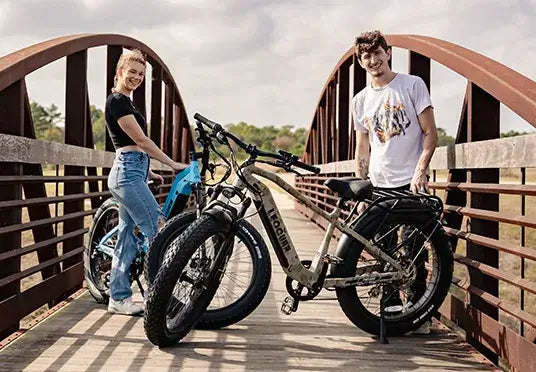
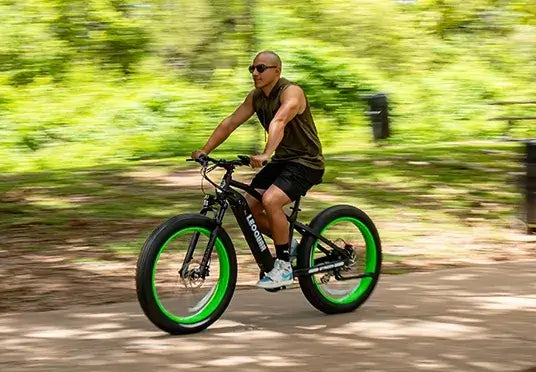
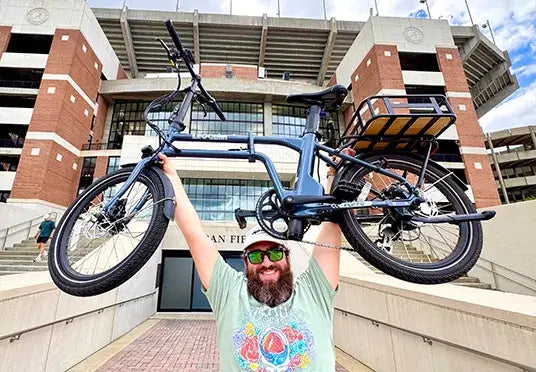
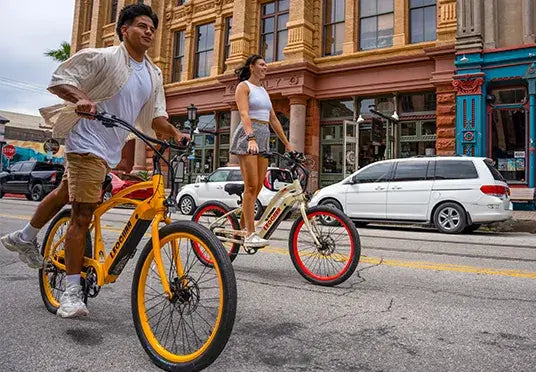
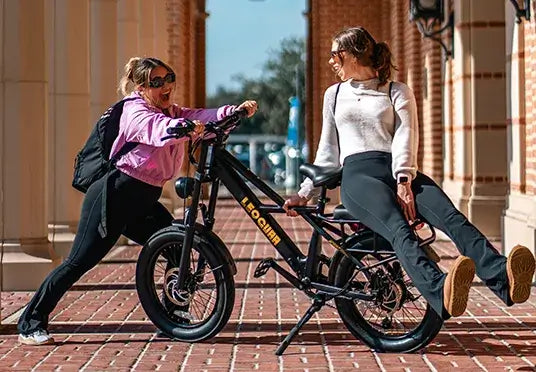
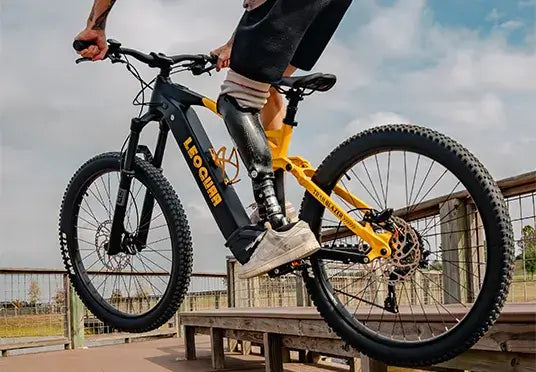































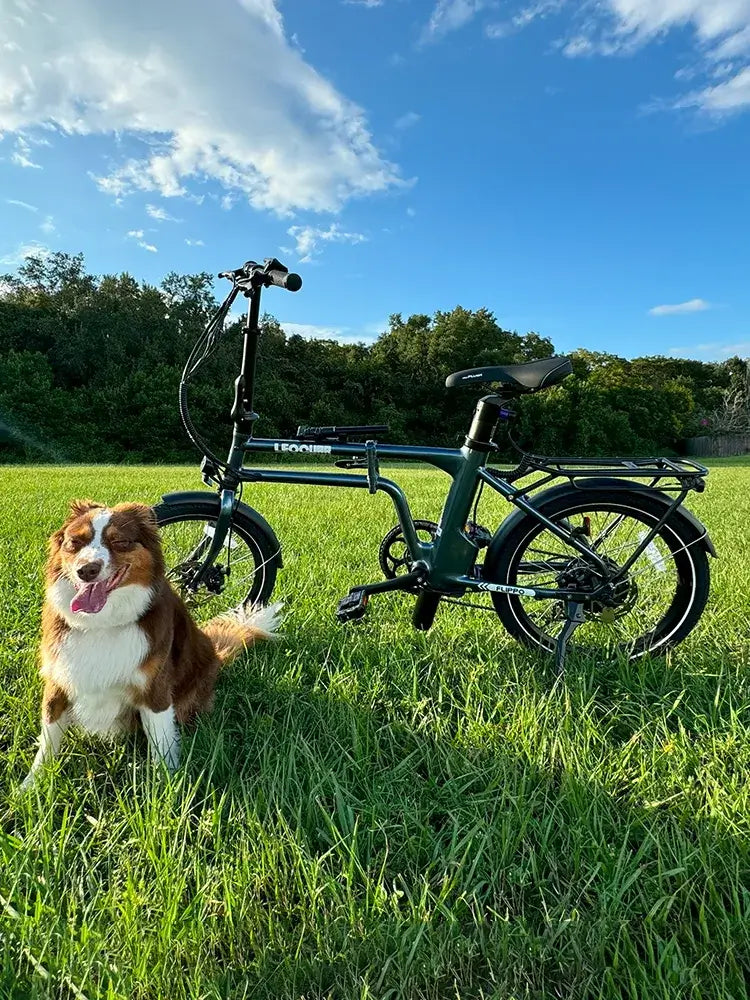










Leave a comment
Please note, comments must be approved before they are published.
This site is protected by hCaptcha and the hCaptcha Privacy Policy and Terms of Service apply.